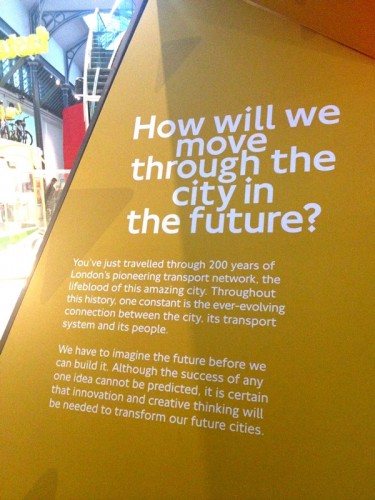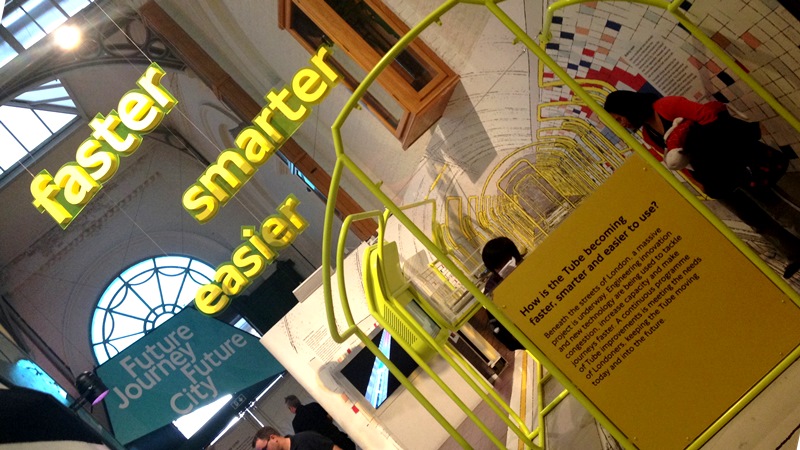Opinion Editorial
Jhen-Yi Lin
How might design provide a new approach to inform public policy planning and implementation? What brings designers and public policy makers to sit at the same table and discuss social issues?
On September 4, I presented my paper “Design Capabilities in the Public Sector” at the 19th Academic Design Management Conference, which was held in London by the Design Management Institute. As the definition of “design” continues to be expanded by design history, political science, sociology, anthropology and management, it is also changing to incorporate not only the creation of artifacts but also the use of them in driving behavioral change.
In the first year of the Design Studies Master of Arts program, I was challenged to rethink everything in my everyday life, whether it be a chair, a potato-peeler, an iPhone, or a subway map. I was challenged to depart from tangible and familiar forms of objects and to dive into the intangible and unfamiliar internal structures and intentions that were embedded in objects.
In trying to understand the essence of design, I began to think about the relationship between design and public policy–not just public policy for the design industry, but more importantly, the design of public policy, public organizations, city-level systems and management, that, on one hand are so intangible, yet on the other, so close to our everyday life. The paper I presented in London—which was based on re-thinking design’s human-centered values and capabilities at a systems level—tries to explore the common ground between design communities and public policy makers, bringing them together to further social causes and address long-term public policy effectiveness.
Approaching public policy as a design artifact provides a new avenue to rethink the capabilities of design. I used the Transport for London as one of my case studies to illustrate the four attributes that design artifacts and public policy share. Both public policy and design artifacts exist within constraints and boundaries, form their task structures hierarchically, rely heavily on negotiation between process and incommensurability, and synthesize their outcomes from components and resources. The transport system demonstrated how public service has been configured to meet daily needs. Everything from the tube map to street signs to different pedestrians and vehicular guides jointly provide a synthesized mechanism to carry millions of passengers across the city every day.
—
Jhen-Yi (Maggie) Lin is a M.A. candidate in Design Studies and a Credit Certificate candidate in Design Business at Parsons The New School for Design. Prior to her graduate study, she worked in brand management and public relations in Taipei and Shanghai and interned at government agencies and NPOs in Taipei, Beijing and New York City. She holds a B.A. degree in Political Science and is originally from Taiwan.
—
This article reproduces content, which first appeared in the Design Studies Blog.




























